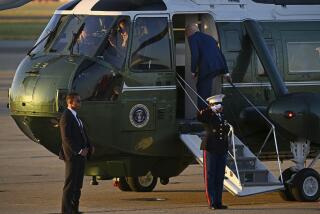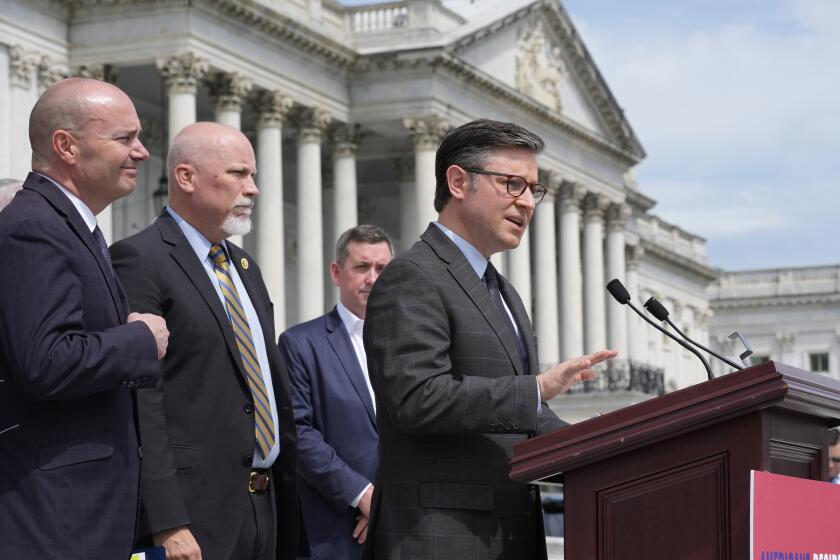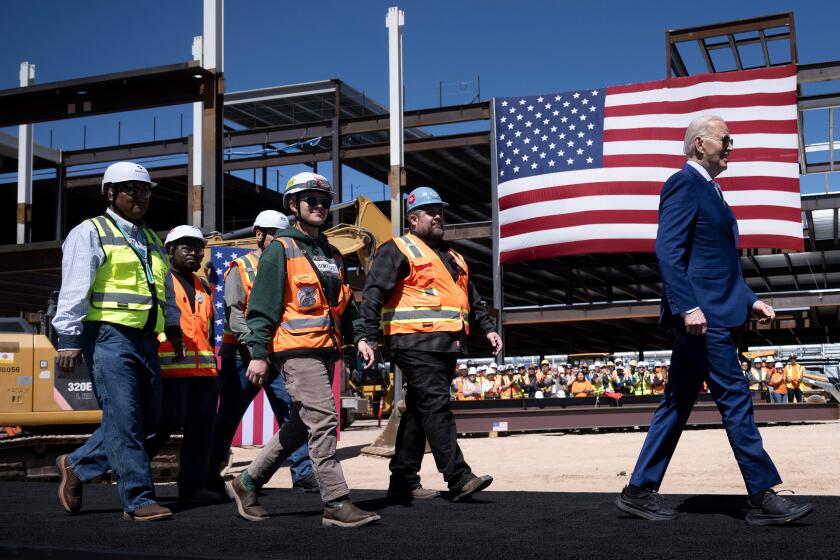Guidelines for Foreign Air Marshals
The new policy announced by the Department of Homeland Security would set some guidelines for foreign air marshals:
* The marshals would have to be appropriately trained and armed.
* They would have to be capable of preventing unauthorized access to the cockpit or other crimes aboard an aircraft.
* They also would have to be able to work in conjunction with flight crews; for example, by briefing the pilots and cabin attendants about their mission and operational methods.
U.S. air marshals travel incognito and generally operate in teams. That way, if one marshal’s cover is compromised, another can act as backup.
Marshals use semiautomatic pistols and special ammunition that can penetrate flesh and bone but do minor damage to an airframe. The ammunition is supposed to minimize the chances of tearing big holes in the fuselage that could cause a dangerous decompression of the cabin, place stress on structural elements of the airframe and risk an in-flight breakup.
Federal regulations require that commercial aircraft be built to withstand breaches, such as bullet holes in the fuselage. The marshals are trained to position themselves in the plane so they can shoot while seated from safe angles to avoid hitting hydraulic lines or electrical wiring.
More to Read
Start your day right
Sign up for Essential California for news, features and recommendations from the L.A. Times and beyond in your inbox six days a week.
You may occasionally receive promotional content from the Los Angeles Times.






